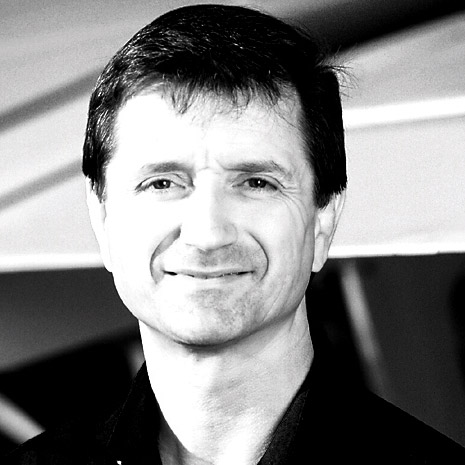Everybody ages. We’re reminded of this every year as we count the candles on our birthday cake. Then one day, we discover that we can’t have a birthday cake because the city won’t issue us a fire permit. Age affects everyone, and it’s particularly relevant to the challenges that older students face when learning to land an airplane.
Several years ago, I spoke to flight instructors at a major aviation university. These were younger folks in their early twenties. When I asked them about where they told their students to direct their vision during the landing flare, nearly all said they had them look directly over the airplane’s nose. Then I asked how it’s possible for a student to see the runway when the engine cowling blocks its view during the flare (as it does with most airplanes). Nearly all responded by saying they instructed their students to look at the horizon line to the left of the cowling and use their peripheral vision to gauge their height above the runway.
Does this viewing strategy work? It works quite well if you’re a 20-year-old flight instructor who already knows how to flare an airplane for landing. This is the landing strategy that experienced pilots with good vision often use for flaring an airplane. It’s not, however, the best strategy for introducing someone to the landing flare, especially older students or older pilots returning to flying from a long hiatus.
As we age, we don’t see as well. We have more difficulty focusing on any object, and our peripheral vision diminishes. It’s the latter item that’s particularly relevant when training older students and older pilots.
If older students are taught to rely on peripheral vision to flare the airplane, then they’ll have difficulty sensing their height above the ground—especially if they wear corrective lenses. Think about it. You have to look through the lens for vision correction. Peripheral vision occurs primarily beyond the frame that holds the lens. Depending on the type of vision correction applied, the student might have very little visual acuity in his peripheral field. If you’d like to add salt to this wound, allow a student to wear polarized sunglasses (corrective or not) during landing practice. This further reduces the information (light) that enters the student’s eyes. Remember, the purpose of polarization is to limit incoming light to that aligned primarily in the vertical plane while reducing that in the horizontal plane. Less light is less information, resulting in less accurate landing flares.
So where should a student look (especially older students or older pilots) to properly flare an airplane? When the nose rises for the landing flare, the only area where the runway and horizon line can be clearly and consistently seen is to the left of the engine cowling. Direct your student’s vision to this area as soon as the runway ahead disappears beneath the cowling. Instruct your student to look at the spot on the runway to the left of the centerline, 50 to 80 feet ahead, that appears neither blurry nor motionless. I call this the sweet spot because it allows older students (or students of any age) to properly gauge their height above the runway. Sweet.
As the airplane decelerates, the sweet spot will move closer and closer to the airplane. To keep this spot in sight, your student should shift his or her focal point on the runway closer and closer to the airplane until touchdown occurs.
This technique is useful not only for older students learning to land but also for older certificated pilots who’ve lost their landing finesse. Over the years, I’ve heard older pilots confess that they can’t land as well as they used to, even if they’re wearing corrective lenses. One reason for this lack of finesse is that they’re still relying on the technique of using peripheral vision to land without the benefit of having their youthful peripheral vision. Once they begin using the sweet spot method to evaluate their height above the runway, their landing problems often disappear.
If you’re an instructor, please keep in mind that the techniques you use to land an airplane might be a bit too advanced or physically inappropriate for older students and older pilots. The sweet spot method works for pilots of any age. Give it a try. While aging has its benefits, an increase in peripheral vision isn’t one of them.

